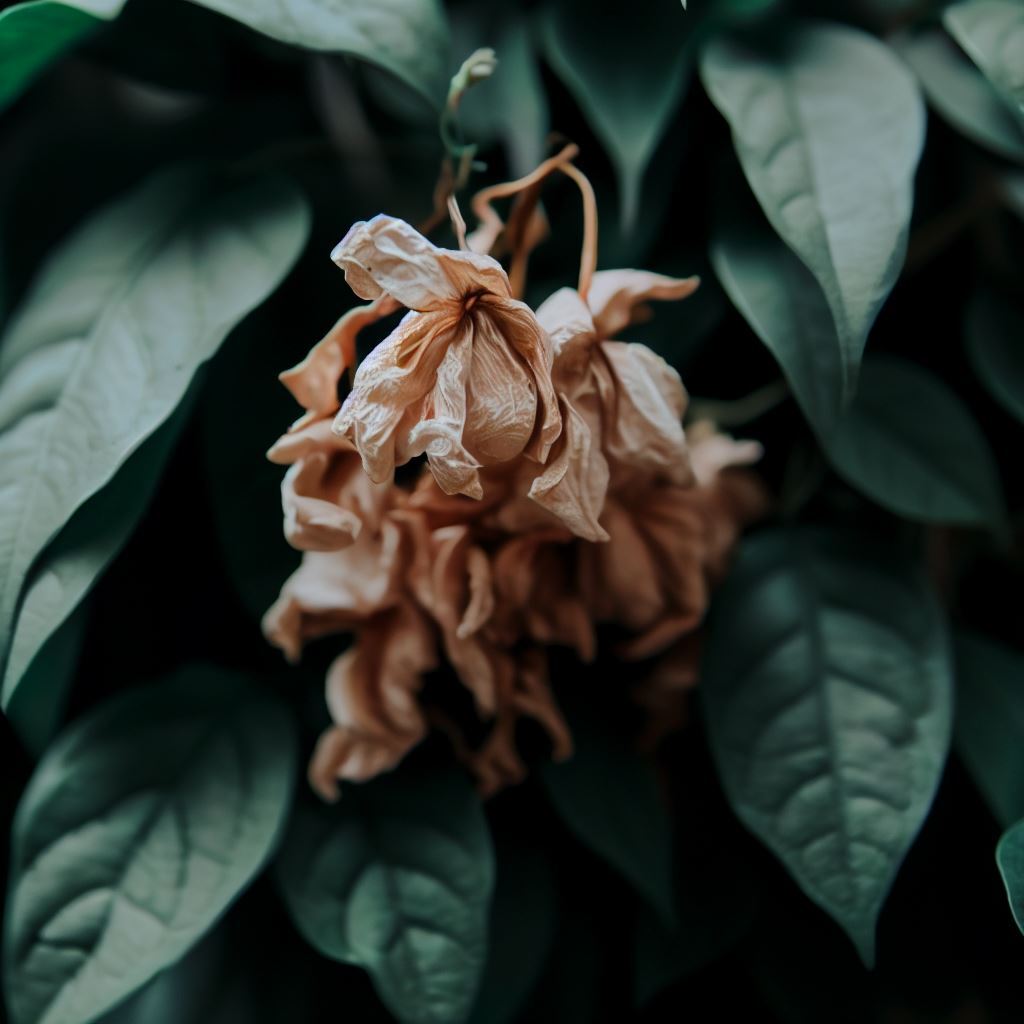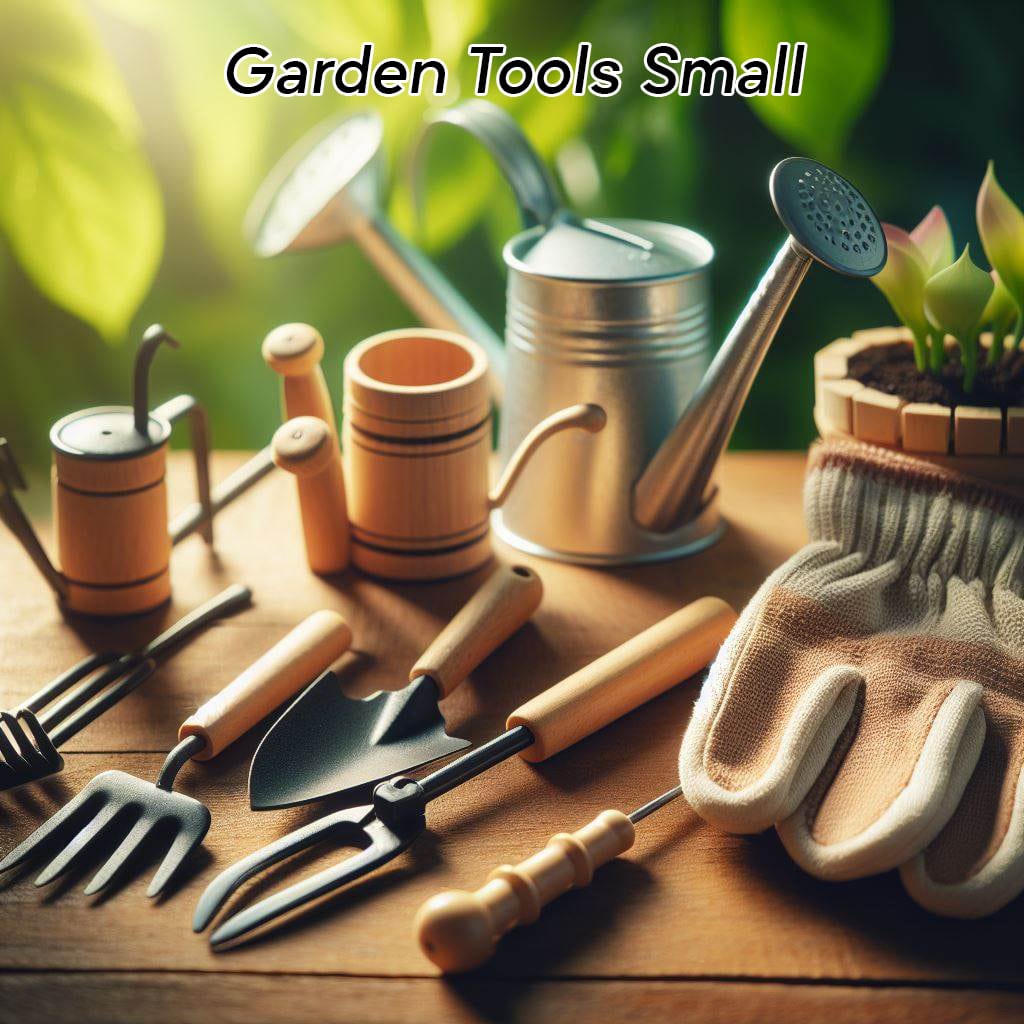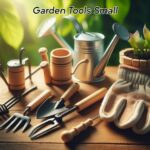Why Is My Jasmine Plant Dying? [7 Tips for Reviving]
Are your Jasmine seedlings or plant showing the signs of death? Leaf discoloration, stunted or slow plant growth, and changes in the shape of leaves are among the most common symptoms that show your jasmine is dying. Generally speaking, jasmine requires just a little bit of care and maintenance to remain green and full of flowers.
However, some reasons, such as various diseases or excessive watering, can cause your jasmine to die. These evergreen plants with brilliant, fragrant flowers can be grown indoors and outdoors. Learning how to care for your beautiful jasmine helps you have it for many years to come and prevent it from dying. Continue reading if you have recently noticed any sign of death in your jasmine plant.
The Reasons that Show Why Your Jasmine Is Dying
Knowing your plant and its maintenance requirements can help you make your jasmine live evergreen and flowering. Below, we have pulled together the most common reasons why your jasmine plant is dying. You can also keep reading to find the best tips to revive your jasmine, which shows the signs of death.
Poor Soil (Lack of Nutrients in the Soil)
Jasmine, like any other plant, requires enough nutrients to thrive. The soil runs out of nutrients after a while, and this is totally natural. As a result, the soil needs to be replenished and the nutrients be restored in different time intervals. Nutrient deficiency is the main reason that causes your jasmine plant to die.
Jasmine plant foods or fertilizers typically contain nitrogen, phosphorus, and potassium. Fertilizers are categorized based on the NPK ratio. It means the amount of these nutrients varies from one type to another. Jasmine plant needs a fertilizer with a 7-9-5 NPK ratio.
As aforementioned, you need to fertilize the soil from time to time, depending on the maturity of your jasmine plant and the soil medium. Bear in mind that over-fertilizing will definitely have negative effects on your jasmine and lead to its death. There are some soil testing kits that show the amount of nutrients in the soil.
Incorrect Soil Drainage or Watering
The wrong way of watering is the main reason you notice some signs of death in your jasmine plant. The watering volume and frequency are important when it comes to any type of jasmine. Do not forget that the watering varies from season to season. Jasmine requires less amount of water in winter and vice versa; its soil should always be moist in summer. As a whole, you need to water your jasmine plant once a week. They originate from western China, where you can see a lot of heavy rainfall.
However, you don’t want to suffocate the jasmine, do you? So, forget about over-watering, as it is not helpful to your jasmine plant. On the other hand, underwatering will cause your jasmine to dry out and end up in death. When your jasmine remains thirsty, it can’t absorb and distribute essential nutrients that are in the soil.
Little Amount of Sunlight
Sunlight is necessary for jasmine growth. However, too little or too much sunlight will definitely be harmful. You should specifically be careful about direct sunlight that can do more harm than favor to your jasmine and result in the plant’s death. Prolonged exposure to direct sunlight dehydrates jasmine or causes its leaf tips to burn.
Too little amount of sunlight prevents the jasmine plant from photosynthesizing, which is necessary to produce energy. In such a way, your jasmine plant will die sooner or later. According to gardeners’ experience, jasmine likes to be in direct sunlight for 4 hours a day. So, you may sometimes need to reposition your jasmine to help it get enough sunlight.
| Issue | Possible Causes | Solutions |
|---|---|---|
| 1. Overwatering | – Soil is constantly soggy or waterlogged. | – Allow the soil to dry out between waterings. Ensure proper drainage. |
| 2. Underwatering | – Insufficient watering leading to drought stress. | – Water the plant when the top inch of soil is dry. Maintain a regular watering schedule. |
| 3. Poor Soil Drainage | – Soil doesn’t drain well, causing root rot. | – Repot the plant in well-draining soil. Use pots with drainage holes. |
| 4. Insufficient Light | – Not receiving enough sunlight for photosynthesis. | – Place the plant in a location with bright, indirect sunlight. |
| 5. Wrong Temperature | – Exposure to extreme cold or heat can stress the plant. | – Protect the plant from temperature extremes or drafts. |
| 6. Pest Infestations | – Insects like aphids, scale, or mealybugs can damage leaves. | – Treat with insecticidal soap or neem oil, and regularly inspect for pests. |
| 7. Disease | – Fungal or bacterial diseases can affect plant health. | – Isolate the infected plant, prune affected parts, and use appropriate fungicides or treatments. |
| 8. Root Bound | – The plant has outgrown its pot, leading to root congestion. | – Repot the jasmine into a larger container with fresh soil. |
| 9. Nutrient Deficiency | – Lack of essential nutrients like nitrogen, potassium, etc. | – Fertilize with a balanced, water-soluble fertilizer as per instructions. |
| 10. Improper Pruning | – Incorrect pruning methods can harm the plant. | – Prune only after flowering and follow proper pruning techniques. |
| 11. Stress or Shock | – Recent transplant, relocation, or environmental changes. | – Minimize disturbances and provide care to help the plant acclimate. |
| 12. Age and Natural Cycle | – Jasmine may naturally decline with age or after blooming. | – Accept that it may be reaching the end of its life cycle. Consider replanting or propagation. |
Infection Caused by Plant Disease
Some fungal diseases cause infection among jasmine plants. In such a case, your jasmine tends to die little by little. For instance, root rot is one of those dangerous plant diseases which are hard to beat. The jasmine plant that has root rot, rarely can survive and probably dies sooner or later. Black spots, powdery mildew, and rust are other diseases that can annoy your jasmine plant.
Pests Damages
Pest can also be the reason for your jasmine’s death. Accordingly, pest control should always be a part of your plan when you take care of your jasmine. A variety of pests may attack your plant, including whiteflies and aphids. You can decide on several remedies available depending on the type of pest.
Tips to Revive a Dying Jasmine Plant
If you have decided to revive your dying jasmine plant, you should know that it requires proper treatment, attention, and patience. In the following, you can find some of the best tips that help you revive the jasmine that is going to die.
1. Adjust the Way of Watering: Avoid both overwatering and underwatering. You should also make sure that the soil is well-drained. Check the topsoil between watering sessions. Water the jasmine plant when the topsoil is dry.
2. Detect the Cause: Identifying the reason why your jasmine does not grow and flower as usual helps you find the best solutions. Insufficient sunlight, infection, pests, etc., are some of the main causes of jasmine death.
3. Provide Sufficient Sunlight: As aforementioned, jasmine requires plenty of sunlight during the day. So, its location should be bright enough. Jasmine needs to be in sunlight for 4 to 6 hours a day.
4. Prune the Plant in a Timely Manner: You should trim away yellowing leaves and dead parts of your jasmine. Pruning can encourage its growth.
5. Fertilize the Soil Appropriately: Use a fertilizer with balanced nutrients and follow the instructions that are mentioned on it.
6. Be Careful about Diseases and Pests: Check for any signs of infection, diseases, and pests to start treating your jasmine on time.
7. Keep Patient: Reviving a jasmine, that is dying is time-consuming and requires your patience. Never get disappointed!
Key Points that Help You Have a Healthy Jasmine Plant
Bear in mind that yellowing leaves in dying jasmine indicate that your plant has been watered in the wrong way. When the soil is continuously saturated, your jasmine may get root rot; its leaves turn yellow and, eventually, drop off. Besides, jasmine, regardless of its type, is not cold-hardy and may die in freezing temperatures.
However, jasmines drop their leaves in winter, and this is their natural process of living. Browning, curling leaves that drop off can be the result of too much sunlight and heat stress. Morning sunlight is the best for the jasmine plant.

Final Word
Jasmine is an easy-to-care-for plant and requires little maintenance to live happily ever after! However, it may start showing signs of death due to various reasons, including underwatering and overwatering, too little or too much sunlight, plant diseases, pests, and the lack of nutrients in the soil. In such cases, you should care for your jasmine to revive it. While taking care of a dying jasmine plant, keep patient and pay enough attention to the instructions.

![Why Is My Jasmine Plant Dying [7 Tips for Reviving]](https://apartmentflowers.com/wp-content/uploads/2023/09/Why-Is-My-Jasmine-Plant-Dying-7-Tips-for-Reviving.jpg)









